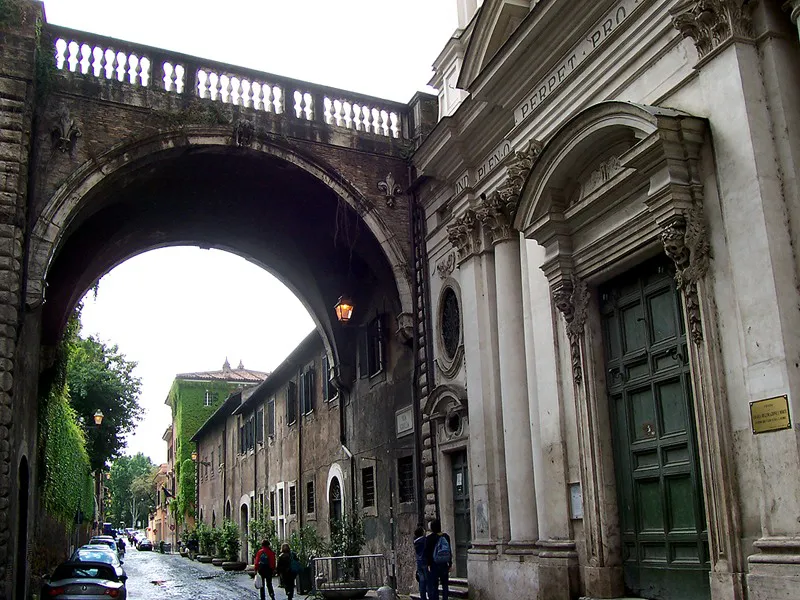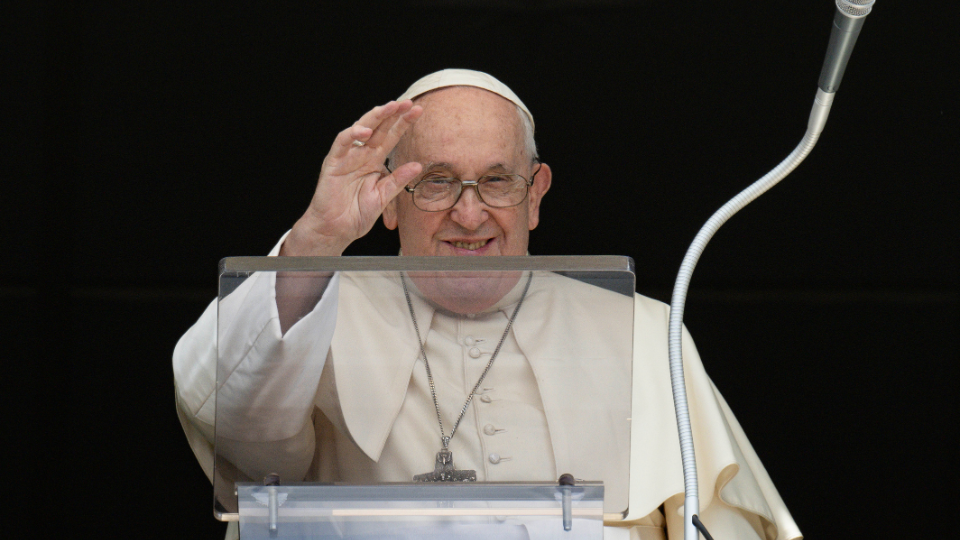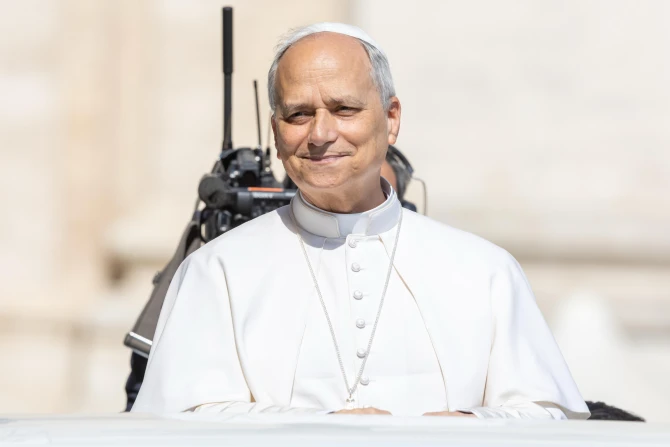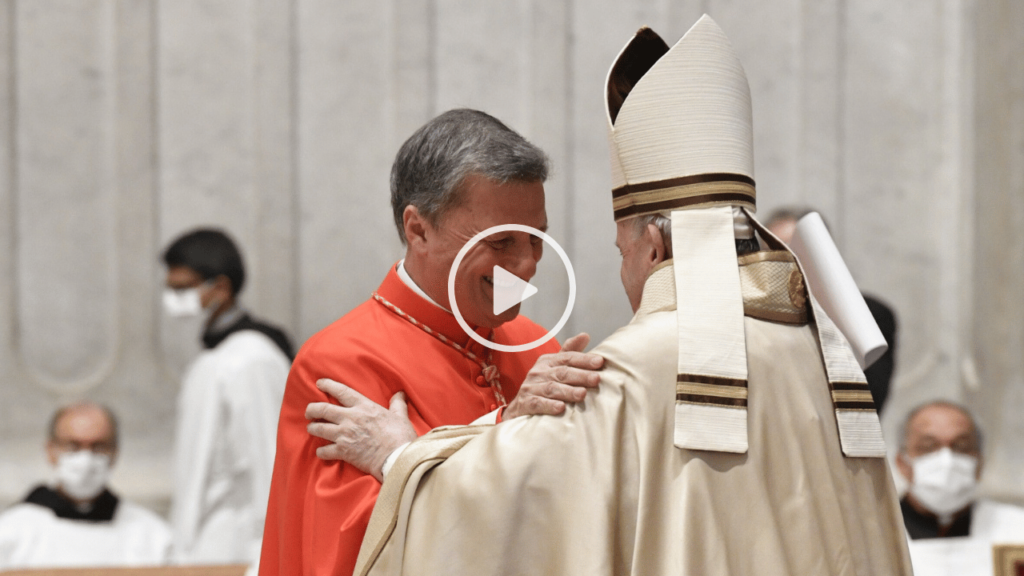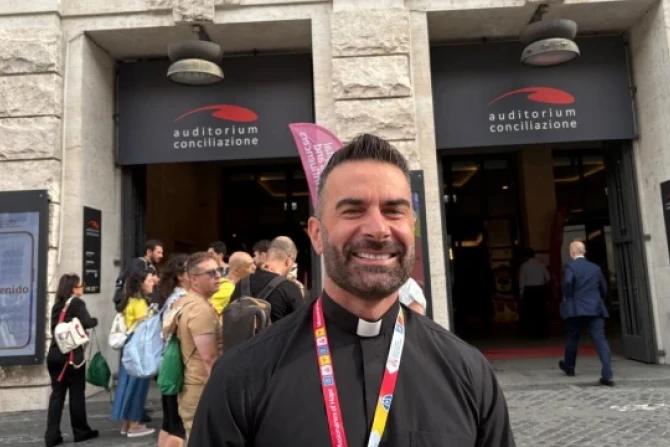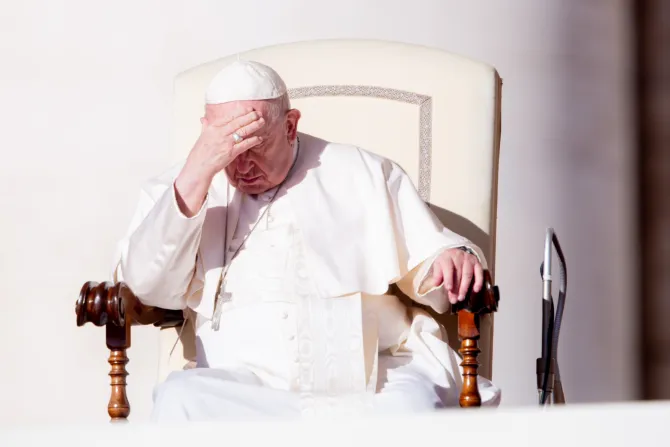The church of Santa Maria dell’Orazione e della Morte is located in Rome, near Campo dei Fiori and Palazzo Farnese. Founded in 1576, this confraternal church is dedicated to the Blessed Virgin Mary with the special title of Our Lady of Oration and Death. Its original mission was to provide a proper burial for abandoned bodies, which were found in the countryside and rivers of Rome.
The History of the Confraternity of Death
The roots of this church date back to 1538, when a confraternity associated with the Basilica of San Lorenzo in Damaso, known as the “Company of Death,” was founded. The confraternity was composed of lay people engaged in the recovery of abandoned bodies, especially those of the rural poor, which were often thrown into the Tiber instead of being brought to the city for a funeral. In 1552, Pope Julius I gave the confraternity the title of Pia Confraternita, establishing not only the task of burying the dead but also of praying for their souls.
The Church and Its Macabre Decorations
In 1732, the church was rebuilt to the design of architect Ferdinando Fuga, to meet the need for a larger building and an adequate cemetery. Fuga embellished the exterior of the church with unusual decorations: engraved skulls and skeletons embedded in the wall, human vertebrae turned into chandeliers, and bones arranged to form crosses next to the altar. These elements served as a reminder of man’s mortal condition and a constant reminder for visitors to pray for the dead.
A Burial Place for Thousands of Souls
The fraternity cemetery, located along the bank of the Tiber, operated until the 19th century. During its more than three centuries of operation, the fraternity buried some 8,600 bodies, amounting to an average of 25 burials each year. Today, as we pass through the month of November, traditionally dedicated to remembering the dead, this church invites us to reflect on our mortal condition and to pray for the souls of those who have passed on.
This church, with its unique architecture and history dedicated to piety and service to the dead, provides a place for meditation on human mortality and the importance of prayer for the departed.

